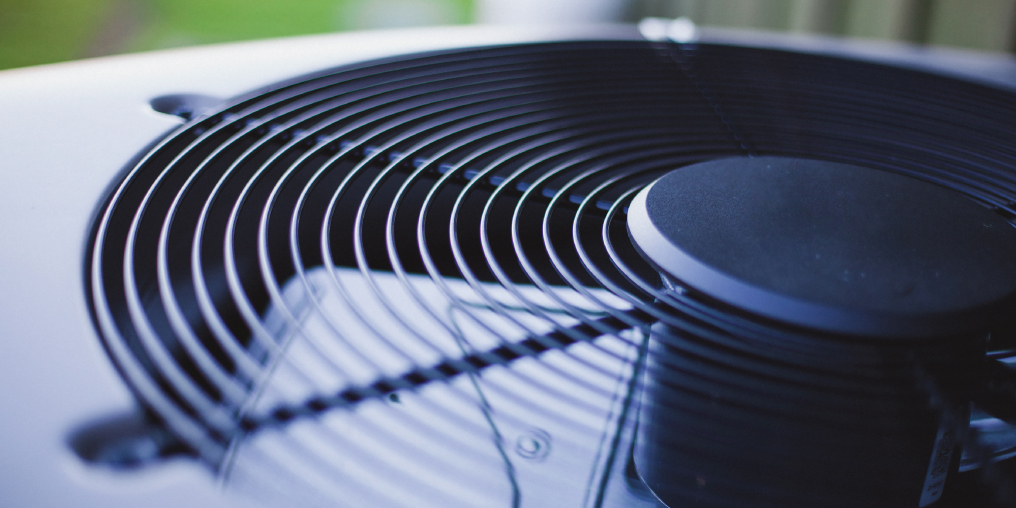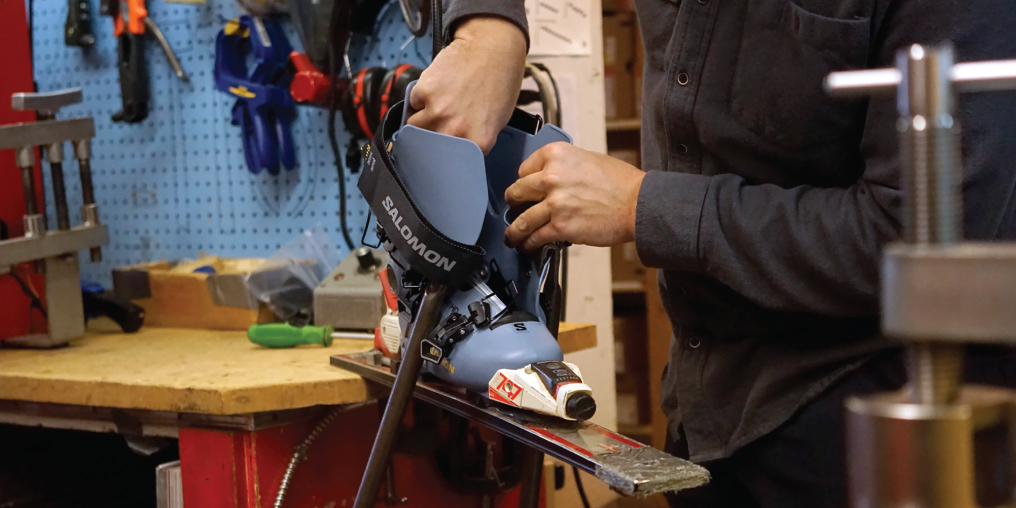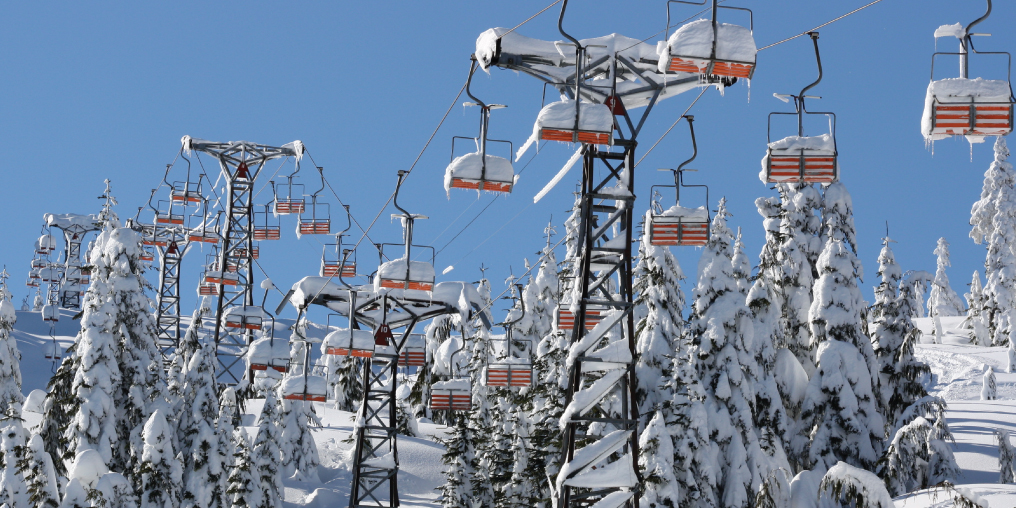I’ve been intimately involved in the ground-source heat pump (GSHP) industry for 20 years. I began with mud up to my armpits, testing the thermal conductivity of geological formations all around Western Canada. In my next position, I was the Western Region Manager for a GSHP manufacturer who specialized in unique GSHP systems that reclaim energy from ice arenas for use in district energy systems. After that, I got into energy-systems design/build and consulting.
I’ve studied and taught master’s-level courses about the subject, and I have hands-on experience on projects ranging from small homes to large-scale energy systems. I’m passionate about the possibilities of this technology—when it’s implemented correctly.
And yet, over the course of my career, I’ve repeatedly had the dubious pleasure of witnessing the conduct of the least ethical snake-oil-salesmen consultants you can imagine.
When the CV Collective asked me to write a piece about the benefits of geothermal systems, I realized it was a great opportunity to educate people about what GSHPs are and what they can and can’t do.
Ground-source heat pump systems have received a great deal of attention in the past 20 years. They are generally very energy efficient, and plenty of these systems work just fine, running effectively with little trouble.
However, many prominent system failures have led to a loss of trust in GSHP technology, to the point where many consumers are now choosing to use air-source heat pump (ASHP) systems. ASHPs can be a great choice for building and heating a home in our mild West Coast environment, having evolved greatly in terms of thermal efficiency over the past decade.
My business is currently 95% re-commissioning failed GSHP systems. Geothermal technology is complex, and often not fully understood by developers who rush into something that sounds eco-friendly and will look good on billboards.
For instance, I have worked on large district GSHP systems that were designed and installed by others. A lot of my work involved simply being onsite and seeing what the weather was like. In many cases, the outside air was consistently far warmer than the ground temperature, meaning hundreds of consumers had been rooked into purchasing GSHP technology—a much less efficient system for that site—at a much higher cost than ASHP technology.
When I approach a thermal energy project, I do not automatically assume that the solution will involve either GSHP or ASHP technology. I often integrate “waste heat” (unused high-grade thermal energy) into my heat pump projects to double system efficiencies by moving energy around within the building/process. Sometimes I use solar thermal panels to reheat ground loops that have been undersized by others and require thawing in the summertime.
My advice to anyone who’s thinking of investing in a heat pump is to do your research. Take the time to understand when and where it makes sense to use GSHP technology. Delve into how a heat pump works, how the energy efficiency of a heat pump is affected by temperatures, and the limitations that heat pumps have compared to alternatives. I encourage you to check out videos on the vapour compression refrigeration cycle. The science is interesting, and the process is well documented online.
Consider purchasing a detailed energy analysis that compares GSHP technology to ASHP technology while factoring in outdoor air temperature and changing ground temperature throughout each of the 8,760 hours of the year. Simple life cycle cost analysis of your options, based on science, is then possible—and you may be surprised by the outcome!
When it comes to choosing your source for thermal energy, there is no hard-and-fast right or wrong answer. You need to apply the available technology in a way that addresses the process needs, the economics, and the aesthetics of your specific site.
Energy-efficient technology has so much potential to be awesome. But buyer beware! Make sure you have the right information and use creative problem solving so your investment yields the results you want: an efficient, low-maintenance, sustainable, and renewable system that keeps your building comfortable all year round.









